As societal standards of living rise, so does the public’s emphasis on oral health and the aesthetic charm of a dazzling smile. In response, the field of dental aesthetics has witnessed a remarkable evolution in both techniques and products. Research and clinical practices indicate that non-invasive teeth whitening treatments can restore the natural brilliance of teeth while enhancing their visual appeal, all while ensuring safety when employed correctly. To standardize the application of non-invasive whitening products and treatment methodologies, thus preventing potential hazards due to improper use, the Chinese Stomatological Association convened a panel of experts to extensively discuss the definition and relevant technical aspects of teeth whitening, culminating in the following guidelines.
Defining Non-Invasive Teeth Whitening
Non-invasive teeth whitening refers to a treatment approach that alters the color of teeth without employing any invasive methods, such as mechanical abrasion or harsh acidic erosion. This technique utilizes chemical and physical means to enhance the aesthetic appearance of teeth.
There are two main pathways for implementing non-invasive teeth whitening: in-office procedures and at-home treatments.
Scope of Whitening Treatment
Applicable Cases
The scope of non-invasive whitening includes various cases such as:
- Teeth discoloration caused by external factors, which show no improvement after mechanical cleaning and polishing.
- Age-related changes in tooth color.
- Adjustments in tooth color in conjunction with other dental treatments, such as resin bonding, veneers, and crown work prior to restoration.
- Whitening following orthodontic treatment.
- Mild to moderate fluorosis without structural defects.
- Mild to moderate tetracycline staining without structural defects.
- Other mild to moderate endogenous discolorations without structural defects.
Exclusions from Whitening Treatment
Ineligible Cases
The non-invasive whitening treatment may not be suitable for:
- Individuals who do not fully understand the expected outcomes or who have unrealistic expectations.
- Pregnant or lactating women.
- Patients with severe dental sensitivity who require prior treatment for the underlying cause of sensitivity.
- Patients with serious dental fractures.
- Stains on the teeth that are not eligible for whitening, which should be addressed with professional cleaning before considering further whitening treatments.
- Individuals with allergies to the whitening agents or other related substances.

Types of Whitening Treatments and Implementation Guidelines
Regulated Products Only
The whitening agents used in non-invasive treatments must be officially approved products. Over-the-counter (OTC) whitening products that patients purchase independently do not fall under this guideline, and their effectiveness is not evaluated herein.
In-Office Whitening
Administered by dental professionals, this method employs whitening agents containing peroxide and other components that alter tooth color. This treatment often incorporates physical methods such as light exposure to enhance results, making it suitable for individuals seeking quick results or those unable or unwilling to use personalized trays. To ensure safety, the entire procedure should be conducted by qualified dental personnel.
At-Home Whitening
This method involves patients using custom trays filled with chemical whitening agents at home under professional guidance. It is suitable for those who can perform the treatment safely with the given supervision.
Combined Whitening Approach
For certain endogenous staining cases or severe discolorations, a synergistic approach may be employed where in-office treatments are complemented with at-home whitening to boost effectiveness.
Steps for In-Office Whitening Treatment
- Initial Treatment: Perform any necessary basic dental treatments.
- Record Baseline Color: Document the initial color of the patient’s teeth.
- Preparation: Protect soft oral tissues and ensure cross-infection safeguards are in place.
- Whitening Procedure: Follow the manufacturers’ instructions for the whitening products meticulously.
- Post-Treatment Care: Cleanse the mouth and use desensitizers if deemed necessary.
- Post-Procedure Instructions: Communicate care guidelines post-treatment.
- Document Results: Record post-treatment tooth color and take digital photographs for comparison.

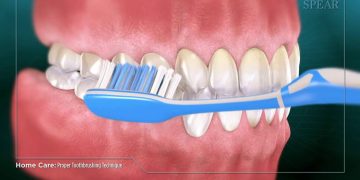
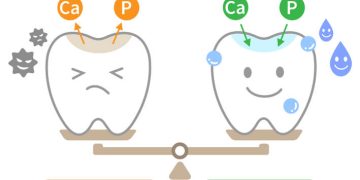
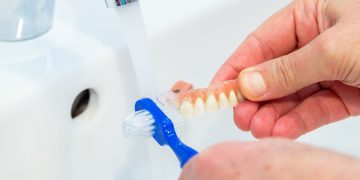




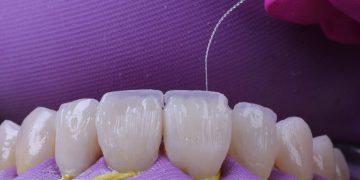
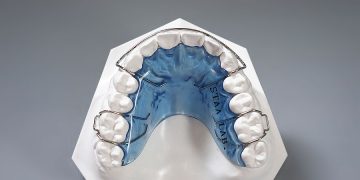

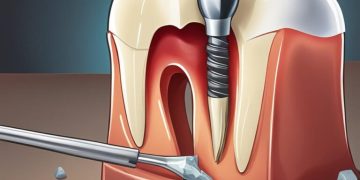
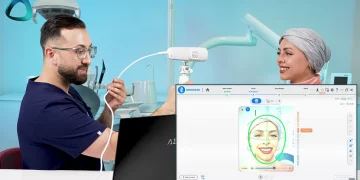


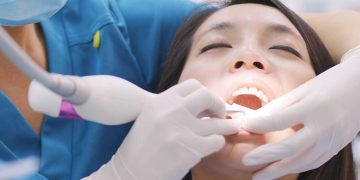





























Discussion about this post